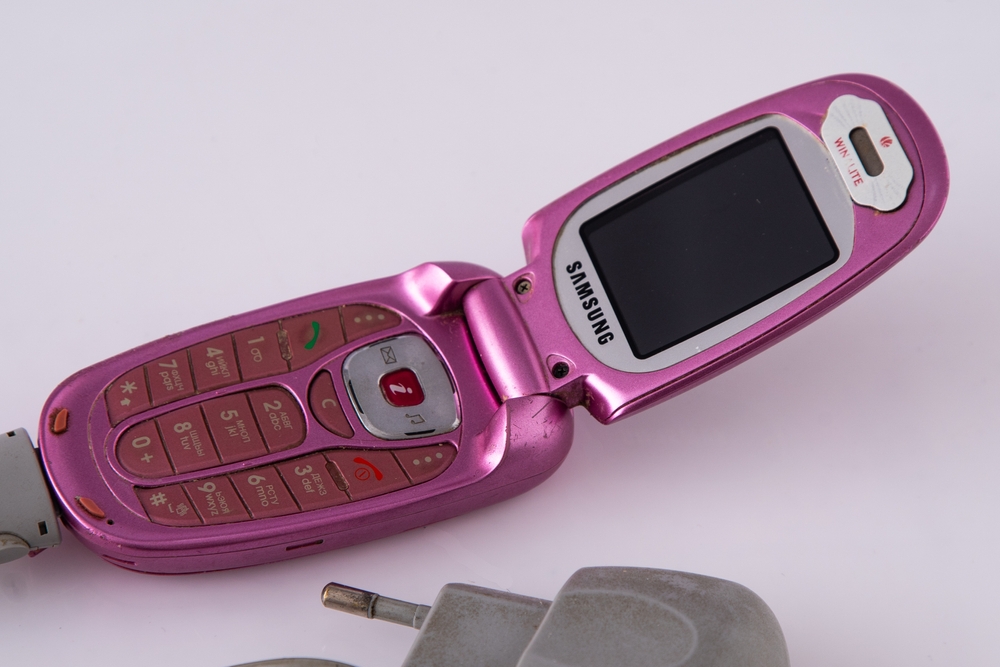
The world of Generation Alpha is defined by modern technology, including glass slabs for phones, instant music streaming, and cloud-based photo storage that can make content disappear. The physical technology that controlled daily life before 2010 appears to Generation Alpha as something from a distant past. Research on 2000s gadgets requires examination because it demonstrates how quickly technology has advanced for consumers and highlights the main differences between digital life then and current automated systems. Children experience a strong contrast between previous technology devices because these devices have unusual features and limited capabilities.
1. iPod Classic
The iPod Classic defined portable music for an entire generation. It packed thousands of songs into a hard drive the size of a deck of cards, a feat that felt enormous at the time. Gen Alpha lives in a world where playlists sync automatically and music never truly runs out. Holding an old iPod, with its click wheel and fixed storage, shows how different digital entertainment felt when gadgets from the 2000s ruled the scene. Managing a music library manually sounds almost absurd to them, but it once shaped how people listened on the go.
2. Flip Phone
The flip phone delivered a physical snap that no touchscreen can match. It shut with finality—conversation over, call complete. Simple, tough, and unapologetically limited, it offered texting, calling, and little else. For Gen Alpha, who grew up pinching, swiping, and streaming on full-color displays, these phones resemble props from early sci‑fi. Yet for many families, flip phones provided independence while shielding kids from the open internet. That balance now exists mainly in parental‑control settings rather than hardware.
3. Portable DVD Player
Before streaming libraries followed people everywhere, portable DVD players guarded long road trips. You put a disc inside, waited for it to spin up, and hoped it wouldn’t skip during a bump. That was entertainment on demand. And it was precious. Kids today carry endless shows in their pockets, but the act of choosing one disc and sticking with it built a different kind of patience. Portable DVD players remain one of the clearest examples of how gadgets from the 2000s shaped travel before digital ecosystems took over.
4. Digital Point-and-Shoot Camera
Digital cameras in the 2000s felt advanced even when they captured grainy images by today’s standards. They introduced the idea of shooting without film, but storage and battery limits kept users cautious. You reviewed each shot, deleted the mistakes, and guarded your memory card like a treasure. Gen Alpha takes thousands of photos without thinking; everything uploads instantly. They rarely touch a device dedicated solely to photography unless it’s a high-end camera. The point-and-shoot sits in the middle—simple, small, and now almost forgotten.
5. Nintendo DS
Two screens, a stylus, and a clamshell design turned the Nintendo DS into a breakout handheld console. Kids carried them everywhere, tapping through games on commutes and school breaks. The dual-screen setup feels strange now, given how unified modern devices look. But the DS thrived on that novelty. Gen Alpha, used to gaming on tablets or cloud platforms, often reacts with surprise at how limited the graphics were and how physical the cartridges felt. Yet the DS shows how creative game design flourished within tight technical boundaries.
6. BlackBerry Phone
The BlackBerry keyboard made mobile email feel unstoppable. Tactile keys delivered speed and precision long before predictive typing became reliable. Adults clutched them like lifelines, firing off messages with a distinct rhythm. For Gen Alpha, the idea of a phone built around email feels almost surreal. And the physical keyboard stands in contrast to the invisible tools they use now—autocorrect, voice typing, and cloud-synced drafts. The BlackBerry era illustrates the business world’s reliance on gadgets from the 2000s and the drastic change in workplace communication.
7. USB Flash Drive
The USB flash drive served as a pocket-sized vault. School assignments, photos, reports, and music files all lived on these tiny sticks that could disappear in a heartbeat. The fear of losing one created real tension. Today’s kids rely on cloud storage that updates constantly in the background. The flash drive’s limitations—capacity, fragility, and the ever-present chance of corruption—capture the unpredictable nature of early digital organization. It remains one of the most tangible examples of how people moved data in an era before constant connectivity.
The Pull of Tech From Another Era
People in the 2000s had to keep going through difficulties by finding innovative solutions to their problems. Users had to put in physical effort to operate these devices, risking data loss and battery failure with no backup solutions. People from Generation Alpha are interested in these outdated devices because they represent a different technological environment than the one they experience in their automated present. Gen Alpha uses pre-smartphone devices to understand how quickly society has evolved to its current state of modern technology.
Which 2000s gadget do you think would surprise Gen Alpha the most?
What to Read Next…
- How Your Wi-Fi Router Placement Might Be Sharing Personal Info
- Is It Legal for Companies to Listen to You Through Smart Speakers?
- What Happens to Your Credit Score If Your Cell Provider Changes Ownership?
- Why ChatGPT May Be Generating Fake Financial Advice and Getting Away with It
- 7 Ways Your Neighbor Could Be Spying on You Without Breaking the Law
The post 7 Gadgets From the 2000s That Will Blow Gen Alpha’s Minds appeared first on The Free Financial Advisor.







